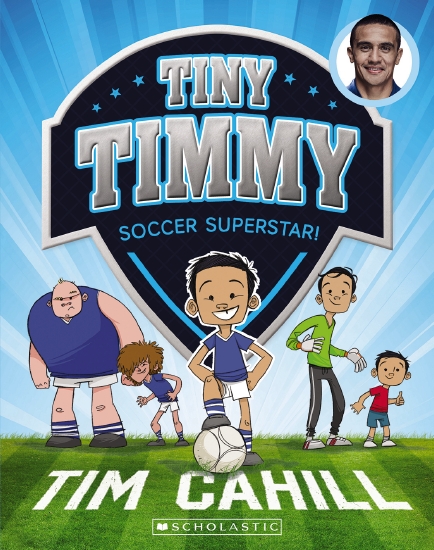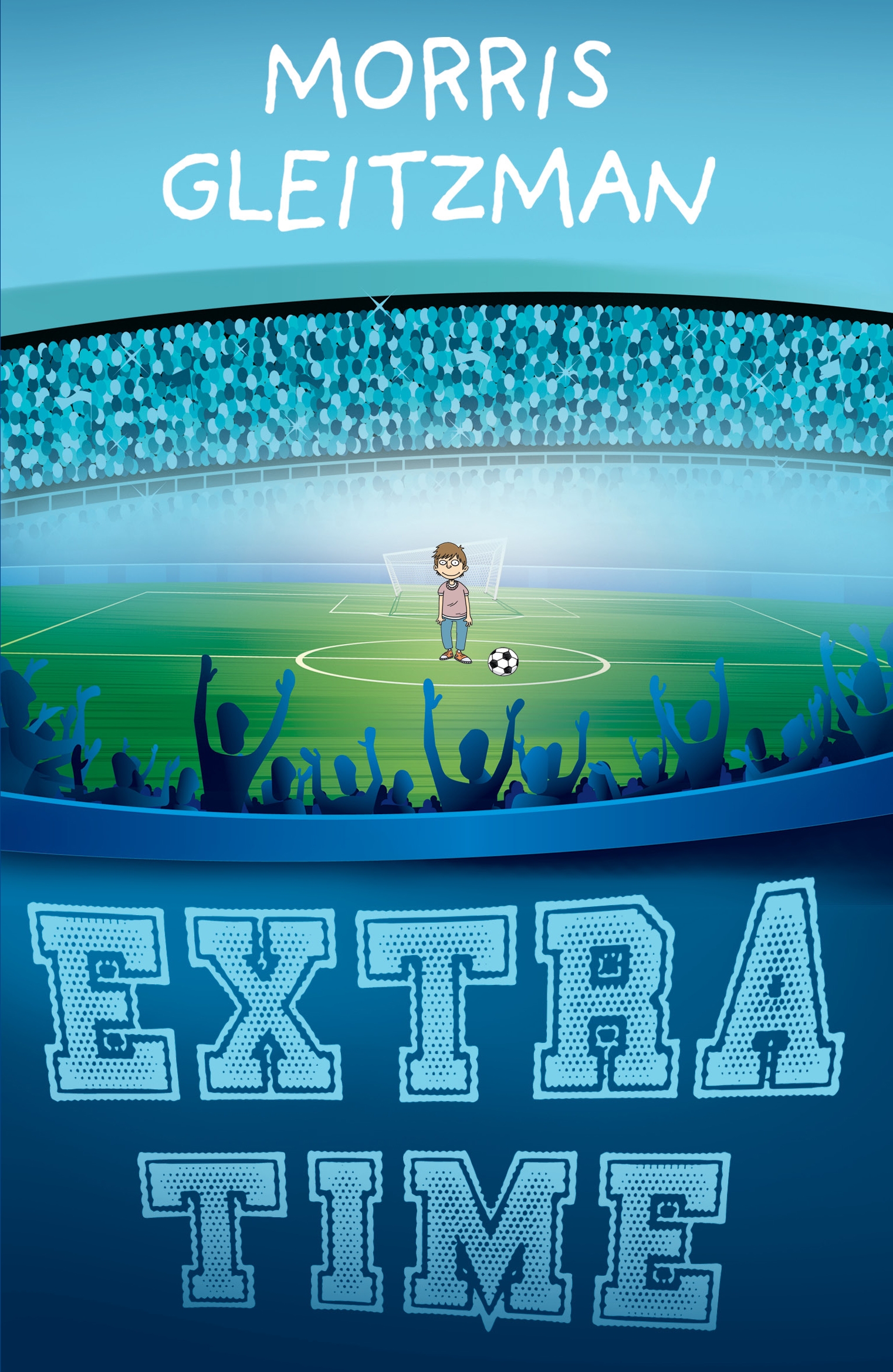 I still couldn’t quite believe what had happened last week after the Legend of Football presentations.
I still couldn’t quite believe what had happened last week after the Legend of Football presentations.
A group of us had raced off to the library straight after the presentation assembly. We hadn’t heard a thing from Bryce, who had shoved his mobile phone into our hands moments before the end of lunch that day. Then he’d headed off to, we assumed, the library. Outside the hall there were parents, students and teachers milling about everywhere. There was a great-looking afternoon tea for everyone, with visitors and kids alike tucking in.
‘Over the Wall’ is Book Five in the Legend series that sees Mitchell and friends competing at different sports. There’s a girls’ comp that runs simultaneously and there’s overlap in some sports. This time, soccer is the contested sport. Mitchell and his arch-rival Travis Fisk are neck and neck in the overall competition. As they and others duel for points, there’s a mystery beyond the library that is occupying time and mind. There are also extras, including score sheets for the Legend Series, and a quiz.
Mitchell has only arrived at Sandhurst school for this final year of primary school. So there’s plenty he doesn’t know about the school, the students and the sports competition. As the series progresses, he builds a friendship group, becomes familiar with the cultures of his new school and of the other schools involved in the sports competition. He’s competitive and skilled, but also knows how to play fair. This provides a point of contrast with Travis Fisk who seems to come from a family where winning is the only option, no matter the cost. Recommended for readers in mid- and upper-primary, particularly those who would rather be out playing sport.
Legend Series Book 5: Over the Wall, Michael Panckridge
Ford St Publishing 2018
ISBN: 9781925272925
review by Claire Saxby, Children’s author and bookseller
www.clairesaxby.com

 I hate the label Selective Mutism – as if I choose not to speak, like a kid who refuses to eat broccoli. I’ve used up every dandelion wish since I was ten wishing for the power to speak whenever I want to. I’m starting to wonder if there are enough dandelions.
I hate the label Selective Mutism – as if I choose not to speak, like a kid who refuses to eat broccoli. I’ve used up every dandelion wish since I was ten wishing for the power to speak whenever I want to. I’m starting to wonder if there are enough dandelions. ‘A word of advice, lad,’ Coach Roach said. ‘Practise until you can practise any more. Work on your game. You may not get any bigger, but you’ll definitely get better. Then who knows, it might not matter how big you are.’
‘A word of advice, lad,’ Coach Roach said. ‘Practise until you can practise any more. Work on your game. You may not get any bigger, but you’ll definitely get better. Then who knows, it might not matter how big you are.’